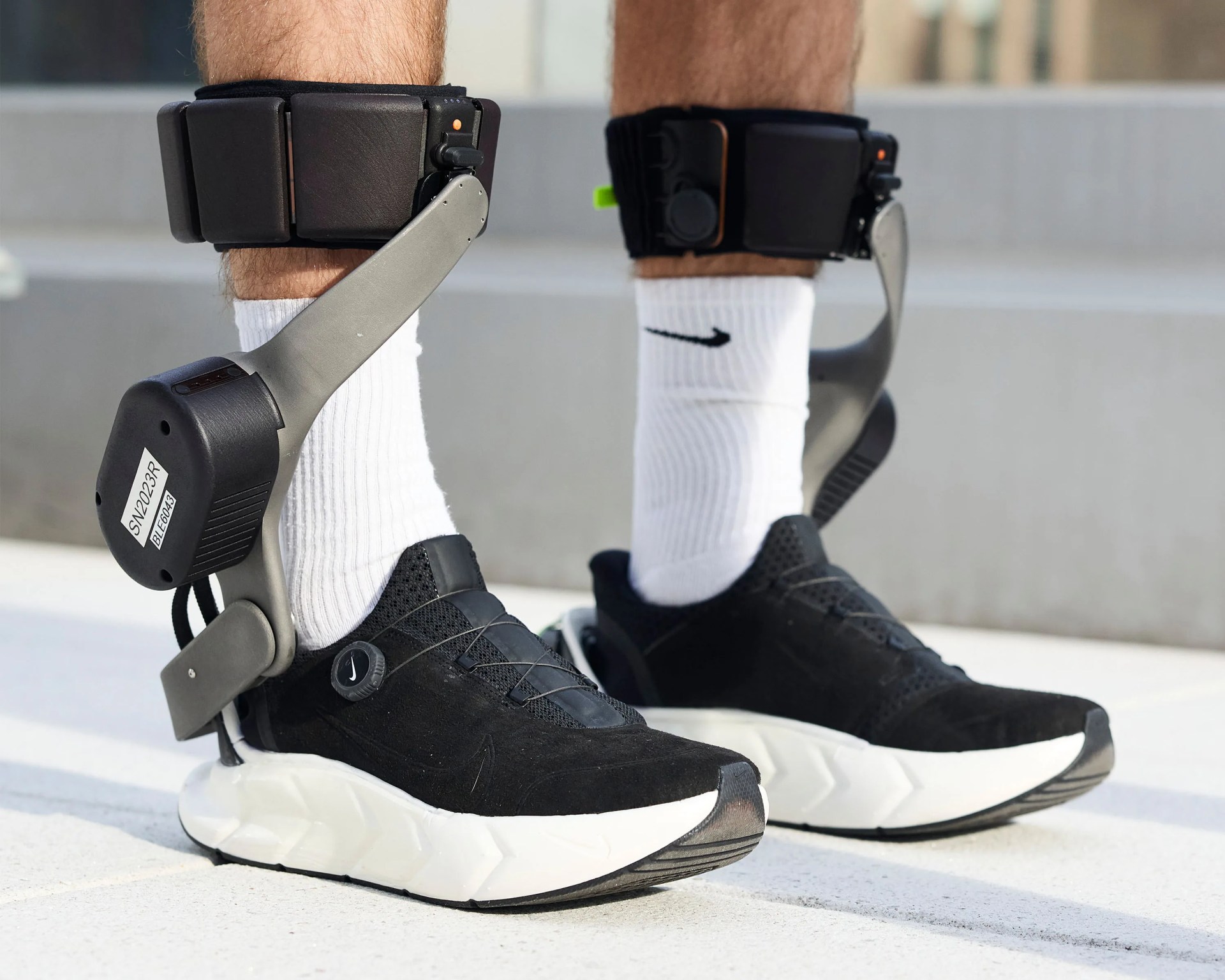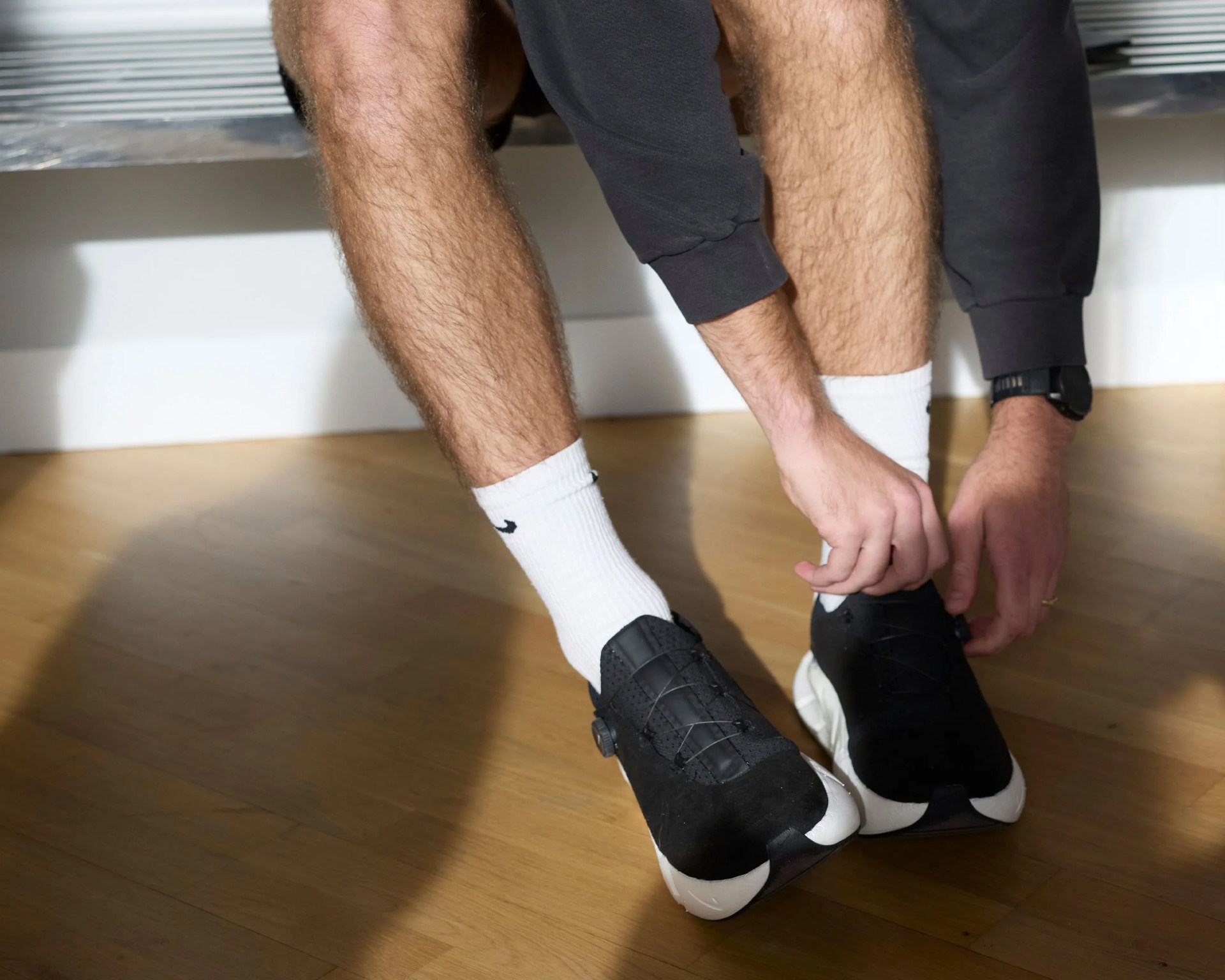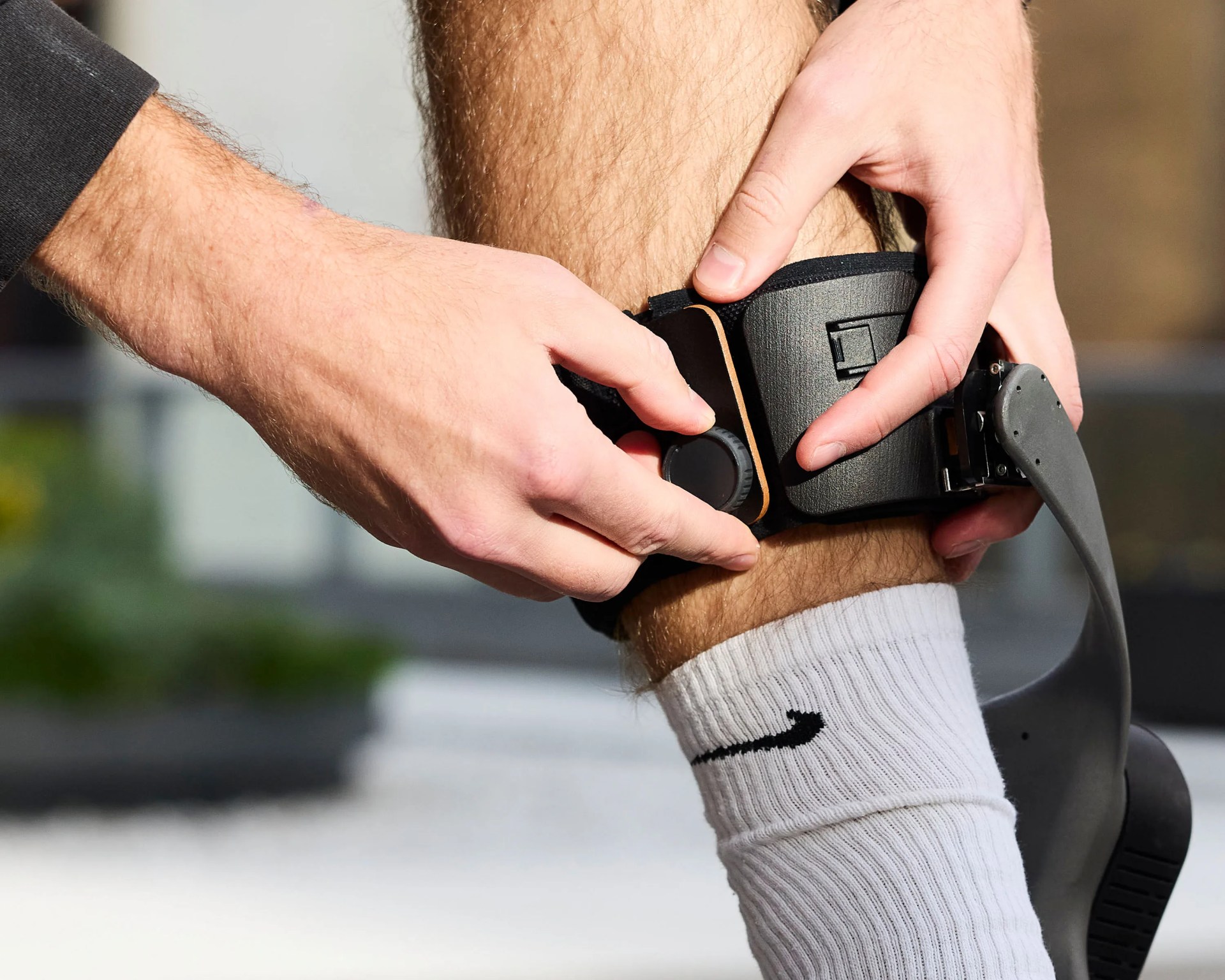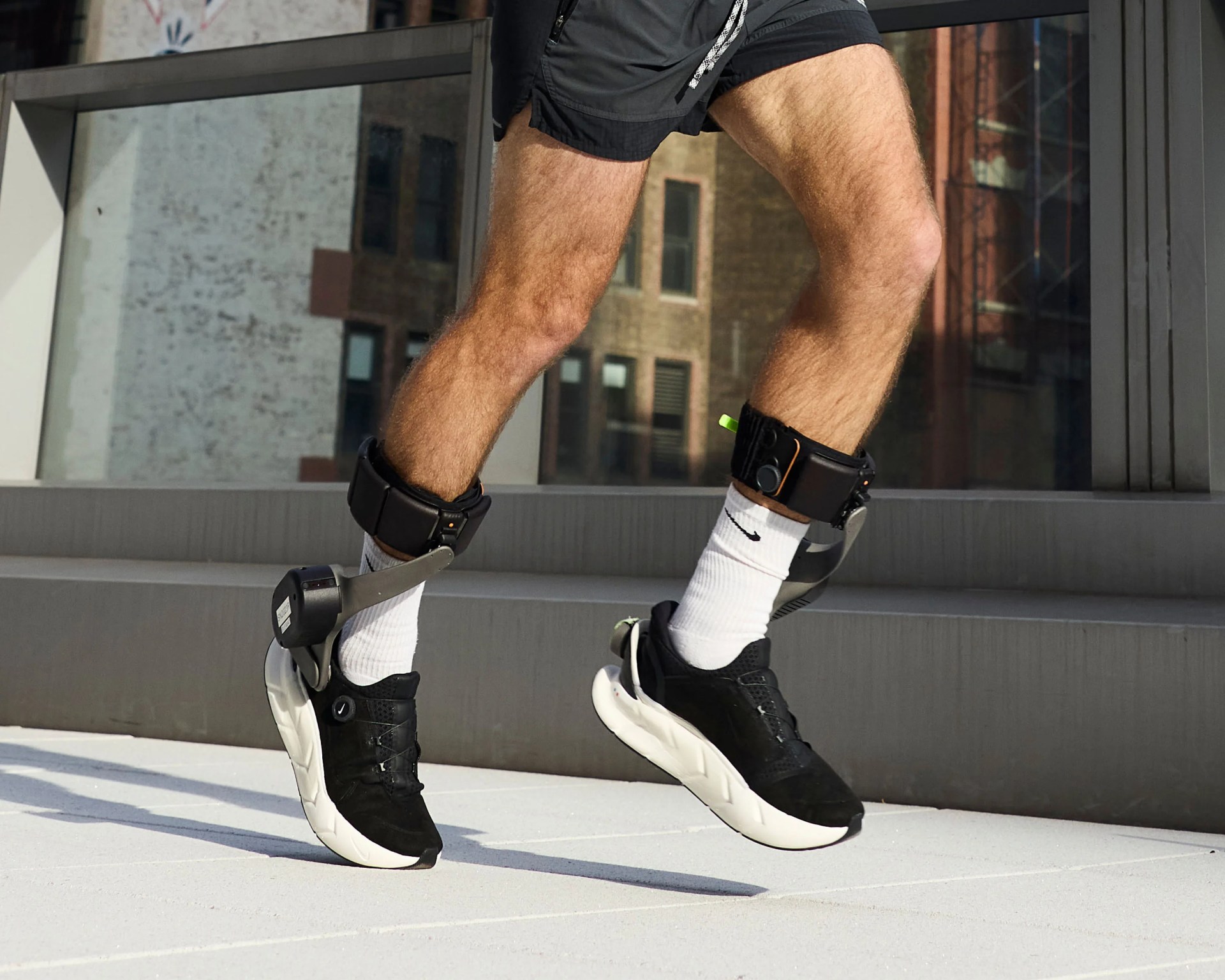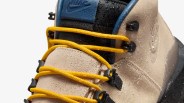Technology is like water. You can try to stop it. You might successfully stall it. But sooner or later, it will find a way through. More times than not, your best bet is to simply direct it someplace where it can do a bit of good.
Since the beginning, Nike has bet on innovation as the brand’s key difference maker. Cofounder Bill Bowerman used his wife’s waffle iron to fashion track spikes out of rubber. Half a century later, the Vaporfly ushered in running’s carbon revolution.
Though decades apart, both technologies were guided by a shared premise: just make people quicker. And they did. Despite efforts to thwart their development, including drafting new laws of international athletics, records are falling like flies in almost every distance across the field.
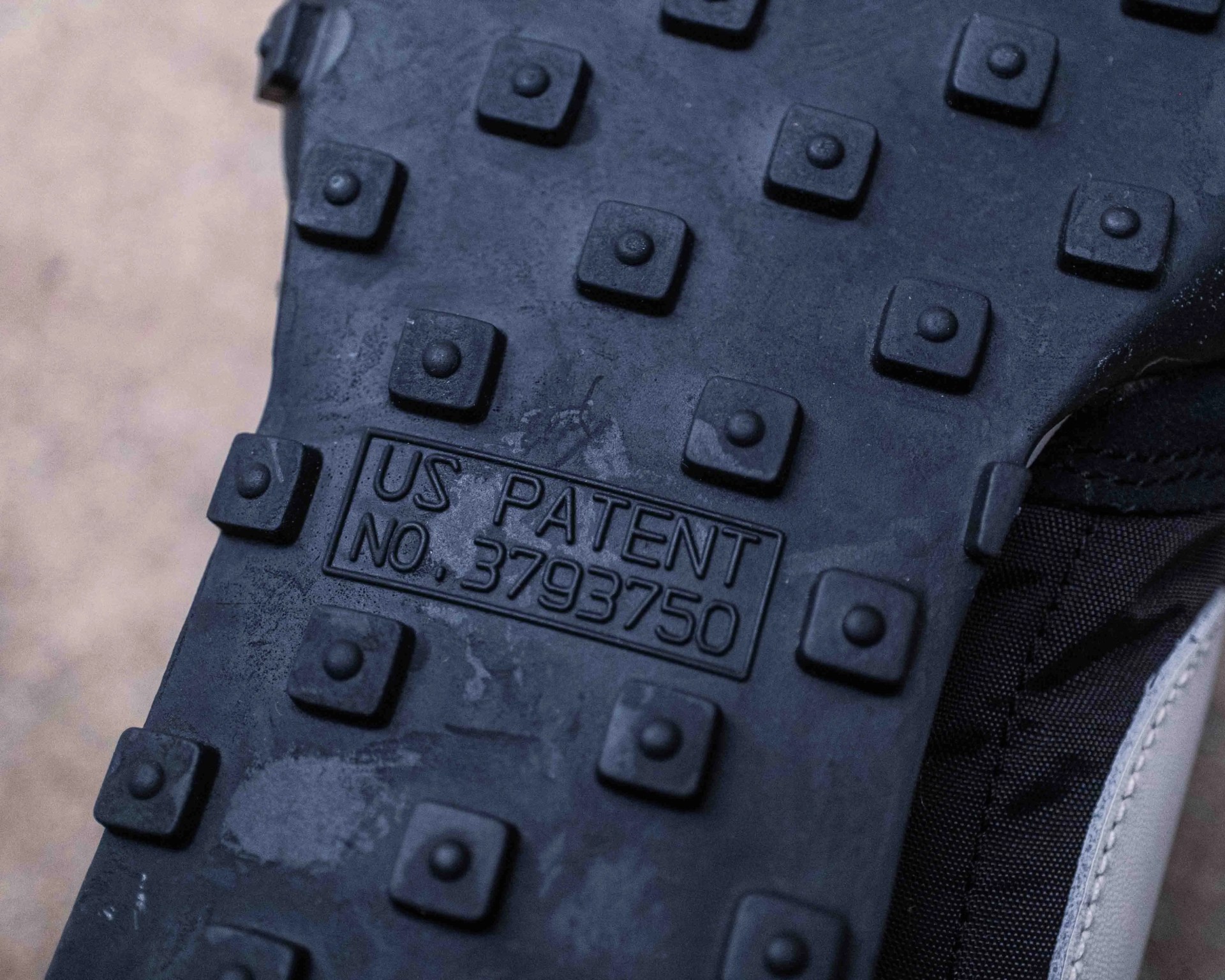
The Alphafly, a successor to the Vaporfly optimized for marathons, currently holds both the men’s and women’s world records, not to mention countless personal bests across the entire talent spectrum; it’s still the only shoe to go under two hours across 26.2 miles.
In that light, it’s probably tempting to reduce one of Nike’s latest innovations — robotic, battery-powered shoes that basically act as e-bikes for your feet — as the next stop in that trajectory. At least it was for me.
But that’s missing the broader promise of what the brand is calling Project Amplify.



